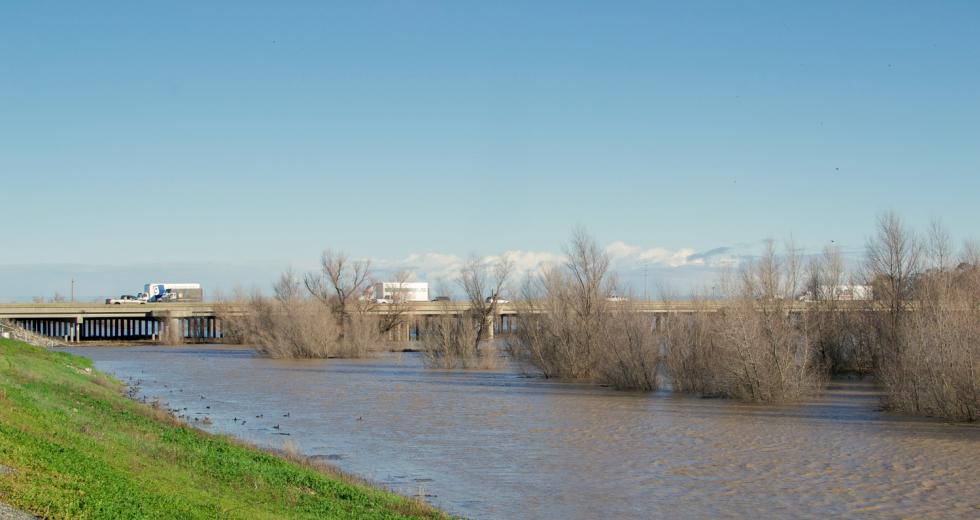I’ve been commuting from Davis to Sacramento for about seven years, and oh how those trips have grown. Even on days and times when traffic is light, the 25-minute trip across the causeway can feel like a lifetime.
Perhaps the same could be said for other cities surrounding Sacramento, like Folsom or Rancho Cordova, but light rail captures those areas, and connectivity to the north and east of Sacramento is stronger than it is further west. Meanwhile, conversations about Sacramento’s long-term economic vitality increasingly revolve around the Capital Region, even the Bay Area Mega Region. Connectivity between the capital city and one of the leading research universities in the nation is an obvious essential ingredient if our region’s diverse set of assets are to be leveraged collectively. This is particularly relevant as UC Davis and the City of Sacramento work together to provide the jobs and lifestyle amenities more likely to keep university graduates in the region.
Related: Building Sustainable Suburbs
Related: Your former bedroom community isn’t just for sleeping anymore
Campuses are an ideal place to roll out improved transportation projects. Students are prime candidates for more affordable and efficient transit options, and the inclination toward adoption is greater among a younger demographic. Beyond that, it introduces students to new automotive planning and technologies that will likely become mainstream over the course of their careers.
Sacramento State’s University Transportation and Parking Services is working on an autonomous shuttle service that would transport students from the 65th Street Light Rail Station to campus, circumventing traffic on Folsom Boulevard. The project is currently in its planning stages, as university officials work with Sacramento Area Council of Governments to identify routes and vendors, with the launch of a pilot program tentatively scheduled for the second half of 2019.
It’s a model UC Davis Chancellor Gary May and Sacramento Mayor Darrell Steinberg are considering for Aggie Square, a proposed technology and innovation campus that would further connect the Davis and Sacramento communities. Autonomous electric vehicles could also be leveraged at the Davis Amtrak station to help route students and visitors through downtown and to campus, decreasing congestion while enhancing mobility.
As SACOG looks to long-term transportation solutions, a feasibility study is in the works to review potential expansions of both rail and bus services between Davis and Sacramento as well. A bus rapid transit system with shorter and more frequent runs is one option under consideration, but that requires more space on the causeway for optimal efficiency. Perhaps the bike lane could be relocated to accommodate a fourth lane for BRTs, but that too will require time, money and busting through a knot of red tape (and maybe some disgruntled Davis bike commuters).
Both Sacramento Regional Transit and the Yolo County Transportation District are reviewing options that would better connect Davis to the capital city. Enhanced rail services, electric buses and autonomous vehicles are all being explored. Of course, there are underserved neighborhoods in Sacramento and throughout our region in desperate need of transportation access upgrades and they should not be overlooked. But investments in infrastructure that allow for more frequent ridership among more affluent communities can help fund the build-out of services in low-income or otherwise disconnected areas of our transit system.
Overall, the Capital Region should look to its suburbs, campuses and underserved areas to pilot automotive technologies: These communities offer slower speeds, less congestion, and a demographic in need of alternative transportation modes.
Enhancing mobility between Davis and Sacramento will require collaboration across multiple entities: the cities of Sacramento and Davis; Amtrak; Sacramento Regional Transit District; the Yolo County Transportation District; SACOG and UC Davis. Meanwhile, each year the university churns out more graduates who pack up and head west or south. We know exploring these options will take time. Just keep in mind, some of us Davis commuters are more patient than others — and the causeway is a long road home.



